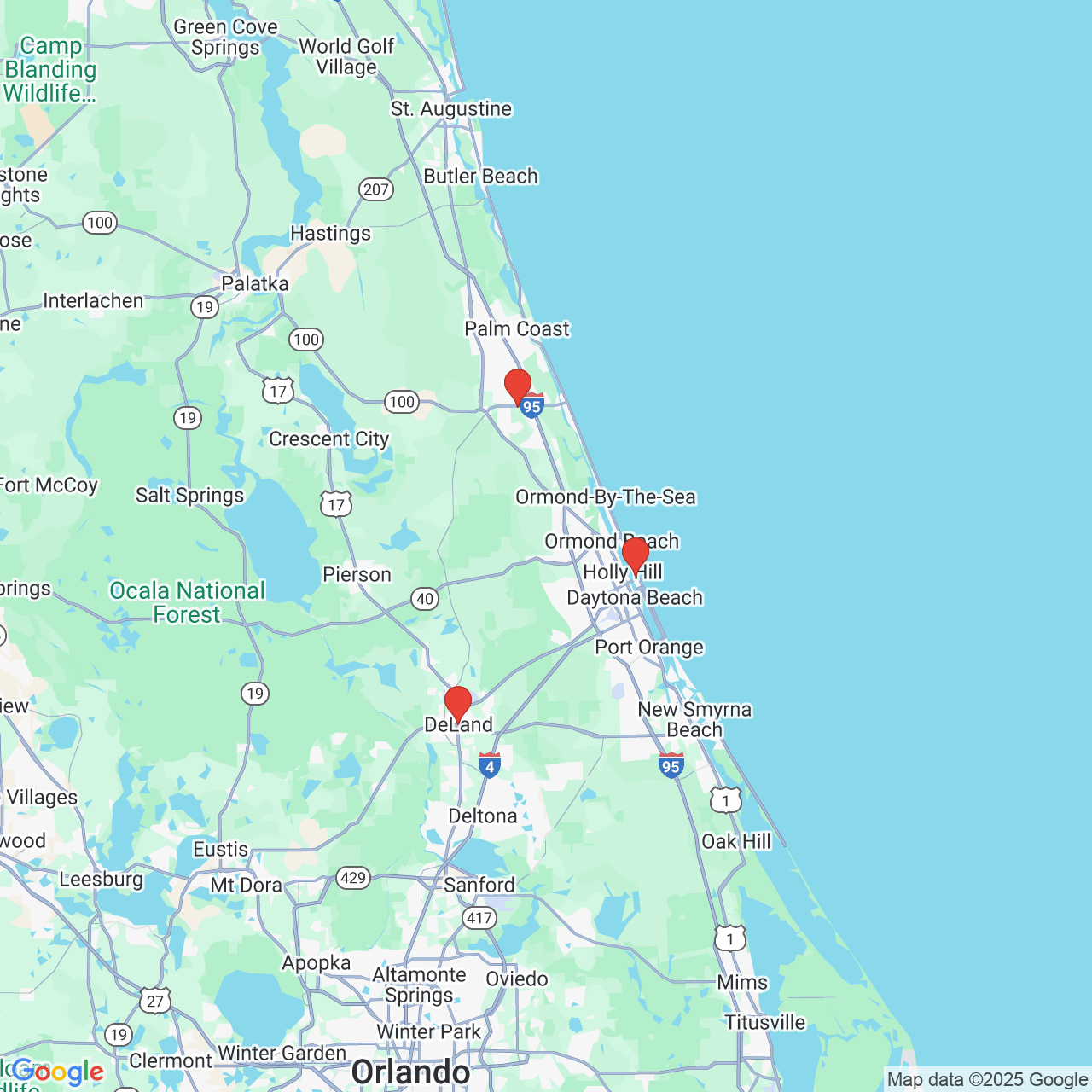Drug and Alcohol Injury Levels in Car Accidents in Florida

Here, the car accident lawyers at Chanfrau & Chanfrau present information regarding drug and alcohol injury levels in car accidents in Florida. This info is drawn from the Florida Department of Highway Safety and Motor Vehicles (FLHSMV) recently released Traffic Crash Facts Annual Report for 2018. This document provides accident data that analyzes injury levels in various types of crashes.
While the dangers of driving under the influence should be well-known, these numbers give drivers in Daytona Beach, FL, Palm Coast, FL, and surrounding areas a clear idea of the threat that drug and alcohol use poses to Florida drivers, and why there are such strict laws in place to deter DUIs.
Fatal Injuries
One of the greatest threats of a car accident is fatal injuries. Fatal injuries describe any type of injury that results in death, whether the death happens immediately or after someone has received medical treatment. According to data presented by the FLHSMV, during 2018 car accidents in which the use of either drugs, alcohol, or both were confirmed led to the death of:
- 618 drivers
- 124 passengers
- 225 pedestrians
- 47 pedalcyclists
- 6 other types of non-motorists
All together, these crashes accounted for over 1,000 deaths in Florida for just that single year.
Incapacitating Injuries
For classification purposes, the FLHSMV defines incapacitating injuries as any that temporarily or permanently disable a person. Incapacitating injuries typically require immediate medical attention and possible hospitalization. In 2018, the FLHSMV reports that accidents involving confirmed use of drugs, alcohol, or both, resulted in:
- 470 incapacitating injuries among drivers
- 236 incapacitating injuries among passengers
- 30 incapacitating injuries among pedestrians
- 9 incapacitating injuries among pedalcyclists
- 3 incapacitating injuries among other types of non-motorists
Non-Incapacitating Injuries
Non-incapacitating injuries reported by the FLHSMV refer to those that do not cause any type of disability. However, non-incapacitating injuries may still be serious enough to require medical treatment. Examples of non-incapacitating injuries include cuts, scrapes, bruises, and burns. Accident data for 2018 reports that drug and alcohol related crashes resulted in non-incapacitating injuries for:
- 933 drivers
- 309 passengers
- 31 pedestrians
- 5 pedalcyclists
- 4 other types of non-motorists
Possible Injuries
In 2018 the most common type of injury to be suffered by people involved in car accidents where drug or alcohol use were confirmed was “possible” injuries. Possible injuries describe those types of injuries that are not visibly obvious. If possible injuries were reported, it may mean that the person temporarily lost consciousness following the accident, or that they complained of aches, pains, or general discomfort following the collision. The number of possible injuries linked to accidents involving drugs or alcohol were:
- 1,260 drivers
- 559 passengers
- 14 pedestrians
- 3 pedalcyclists
- 2 other types of non-motorists
In all, nearly 2,000 Florida citizens suffered possible injuries stemming from a car crash involving the confirmed use of drugs or alcohol.
Contact Us
Car accident injuries can result in pain, suffering, and costly financial losses. If you have been injured in an accident caused by drugs or alcohol, the attorneys at Chanfrau & Chanfrau can help you pursue your right to financial compensation. To discuss your case in further detail, contact our legal team online at your earliest convenience or call our Daytona Beach law office at (386) 258-7313.



